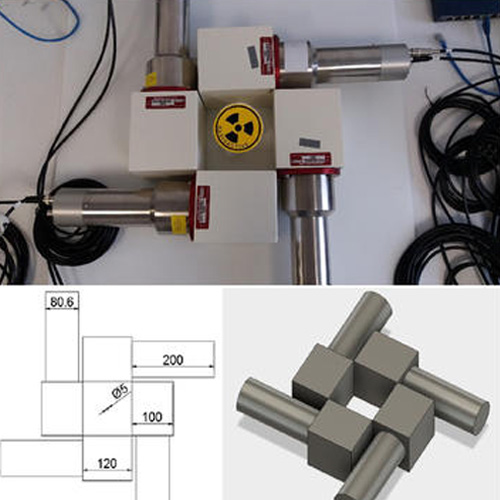ADRIANA is a suite of digital radiometric instrumentation which forms part of the UK National Nuclear User Facility. It was funded and set up in 2014 and comprises three separate facilities at Lancaster University, the University of Liverpool and the UKAEA Culham Centre for Fusion Energy (CCFE).
Capabilities
ADRIANA was established to provide researchers in the UK and their collaborators worldwide with access to state-of-the-art digital radiometric detection and measurement instruments not otherwise widely available in the UK. It comprises:
- a digital neutron assay system (Professor Malcolm Joyce, Lancaster)
- a digital position-sensitive CZT/germanium detector array with mechanical cooler (Dr Laura Harkness-Brennan, Liverpool)
- digital systems for environmental radioactivity assay including a broad energy germanium (BEGe™) and small anode germanium (SAGe™) detector systems (Dr Chantal Nobs, CCFE).



